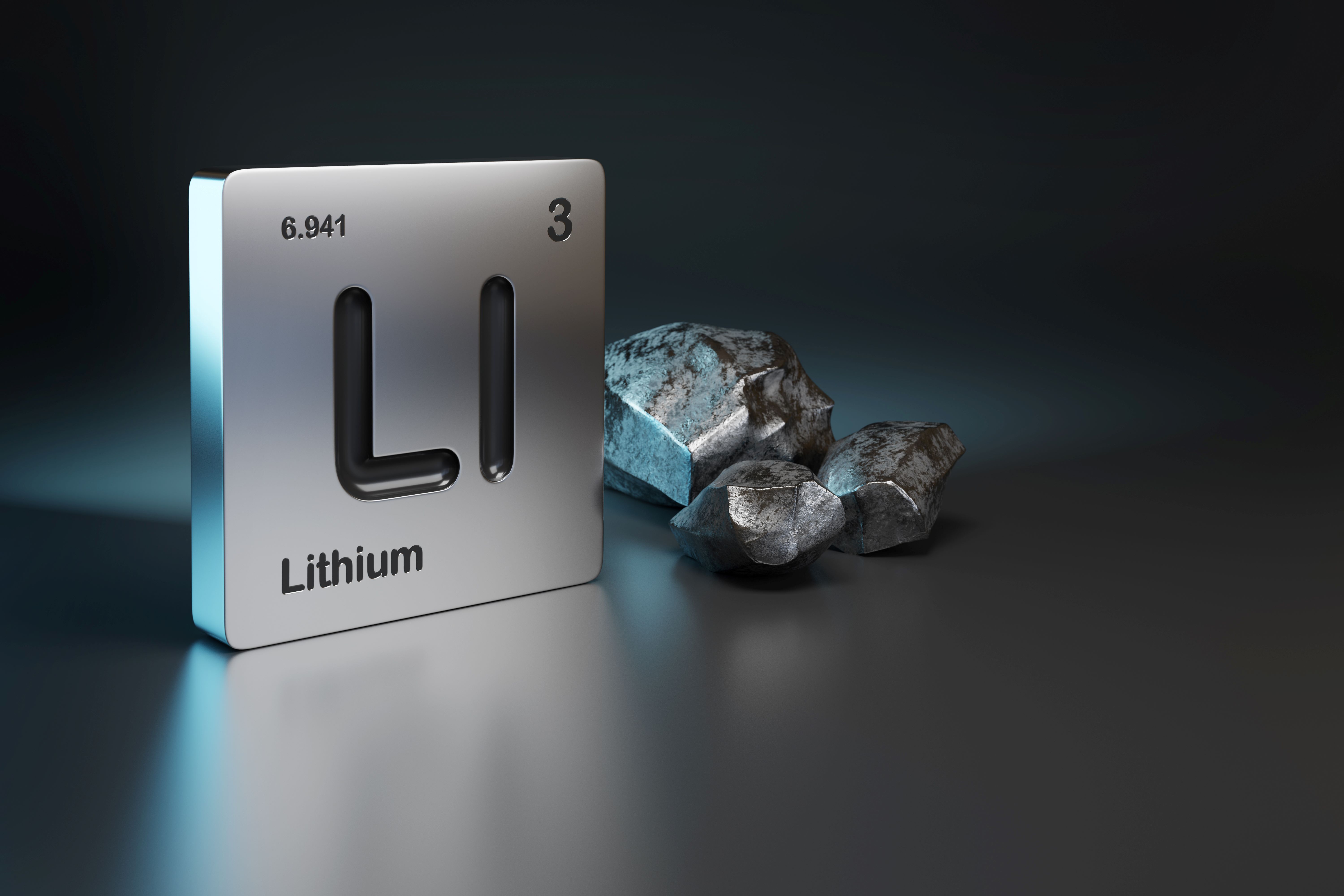
The IOE&IT Daily Update’s series on global commodities continues with an exploration of lithium, an increasingly important critical mineral.
First discovered by Swedish scientist Johan August Arfwedson in 1817, lithium is the lightest and least dense metal, with a density half that of water. Since its discovery it has been used for the treatment of depression and bi-polar disorder, as well as in both conventional and nuclear weaponry.
More recently, it is become an integral part of the world’s green future, with the rare earth metal being used in the batteries that are powering the electric car revolution and will underpin the growing energy storage industry.
It is this use in batteries that has seen it become one a politically hot topic in today’s world of increasingly tense trade diplomacy.
Handy batteries
In 2019, the Nobel Prize for Chemistry was given to John Goodenough, Stanley Whittingham and Akira Yoshino “for the development of lithium-ion batteries”, with Yoshino creating the first commercially viable lithium-ion battery in 1985.
It was exploited by Sony, which used it in Handycam video cameras from 1991 onwards.
Since then, lithium-ion batteries have been deployed in a range of mobile devices, including phones, laptops and tablets. But they have also become the default technology for the drivetrains of electric cars, vans and other types of electric transport, including e-bikes and e-scooters.
China domination
In an increasingly protectionist world, as countries and trade blocs look to secure their own green future, states are increasingly also working out how to protect their supply lines and keep control over lithium deposits.
Although much is made of China’s dominance of the market, it is worth noting that plenty of other countries have good lithium deposits. China’s current strength comes through its processing of the rare earth metal, rather than its natural reserves.
In 2021, China accounted for 65% of lithium processing. This is a reduction from the 80% it was responsible for several years earlier.
Processing facilities are now being built around the world, with Saudia Arabia, Australia and Mexico among countries looking to jumpstart their own industry.
Last November, then-business and energy secretary, Grant Shapps, announced the opening of the UK’s first lithium refinery in Teesside.
According to the US Department of the Interior, the major global producers of lithium are:
Australia 61,000 (tonnes)
Chile 39,000
China 19,000
Argentina 6,200
Brazil 2,200
The US department does not disclose the amount of its domestic production, citing commercial sensitives, but Nevada and Utah are believed to have large reserves. The Institute for Energy Research estimates the US production could be about 5,000 tonnes.
Southern cone
The three Latin American countries of Argentina, Bolivia and Chile sit on over half the world’s mineral reserves, according to S&P Global, although they are each pursuing a different route.
While the Chilean government has looked to bring its mining industry under state control, Argentina has promised a more market-friendly future. Bolivia has recently invested in mining facilities, having previously left its deposits alone.
Bolivian president, Luis Arce, has tried to cement his country’s status as a major producer of lithium, and has sought financial support from investors in China and Brazil.
All three are also subject to political changes, showing how much politics interlinks with supply chains and crucial minerals.
Chilean president Gabriel Boric cannot run for a consecutive term and his pro-environmental agenda could well disappear under his successor; Argentina faces a tumultuous election in October; and Arce’s popularity has been damaged by a deteriorating economy and he may struggle to win his own party’s nomination for the presidency.
UK’s move
Cornwall, a historical centre for mining for the UK, is one place where the UK may soon start extracting its own lithium.
Cornish Lithium recently received over $67m in investment from the UK Investment Bank and private backers.
Company CEO, Jeremy Wrathall, told the FT that “a domestic source of lithium will strengthen the UK’s car manufacturing supply chain and improve its competitiveness.”
Ecological
For all its importance in building a cleaner, greener economy, an under-reported aspect of lithium is the ecological impact of refining it. Roger Marshall, trade and customs specialist at the Institute of Export & International Trade (IOE&IT), explains:
“The problem is processing. It’s quite a nasty process, with a lot of very harsh chemicals.”
Each type of extraction throws up different challenges:
“In South America the lithium is extracted from concentrated brines. These are pumped to the surface and by solar evaporation the lithium is concentrated.
“By processing with soda ash or carbon dioxide they can produce a lithium carbonate, while other processes create Lithium hydroxide and lithium chloride.”
This process uses a lot of water in sometimes quite arid areas of the world and produces harmful by-products, such as toxic sludge and lime waste.
For lithium from other sources, such as the type found in Australian mines (known as spodumene), the process is different and presents other issues. Marshall says:
“In order to process this form of raw material you need energy intensive production to extract the lithium material.
“Ultimately it is further processed to produce lithium hydroxide (the main lithium form for EV batteries). However, there are serious concerns regarding the energy used as well as toxic byproducts such as sulfuric acid and radioactive uranium.”
The future
With his previous experience of the industry, Marshall predicts that the future of lithium won’t always be as bright as it is now.
“At one stage, neodymium was the big thing. Now, it’s lithium. However, someone is always working on a replacement mineral.”
New technologies and concepts are constantly being explored by various industries and some battery developers are funding alternatives.
Solid-state batteries, hydrogen-based storage and batteries based on aluminium or salt are all in various stages of development.
It might take five or 10 years or even longer, but eventually some of these will become commercially viable and start replacing lithium. But for now, lithium remains a key part of the world’s green future.



